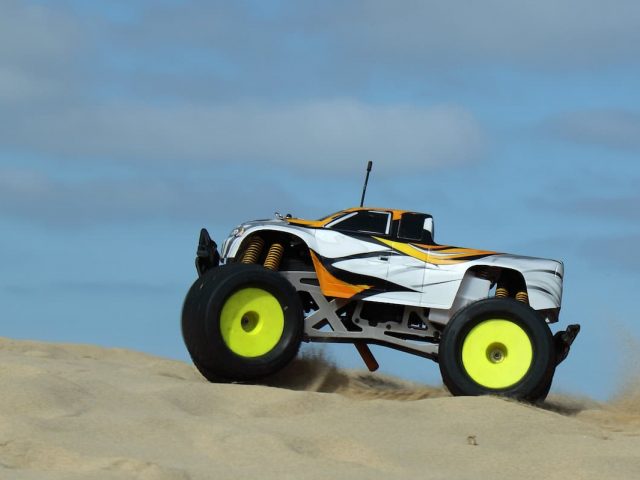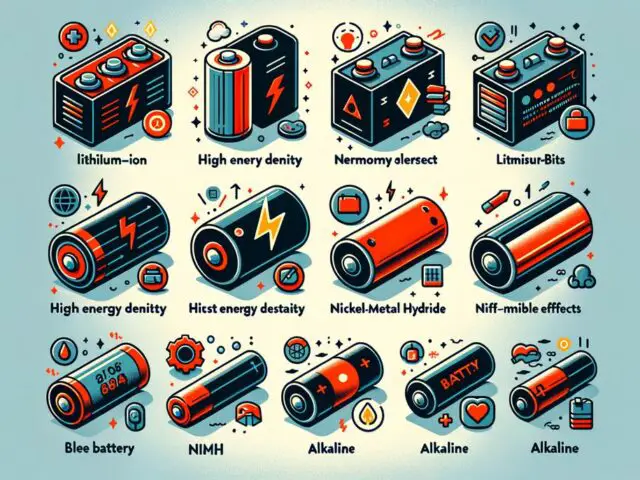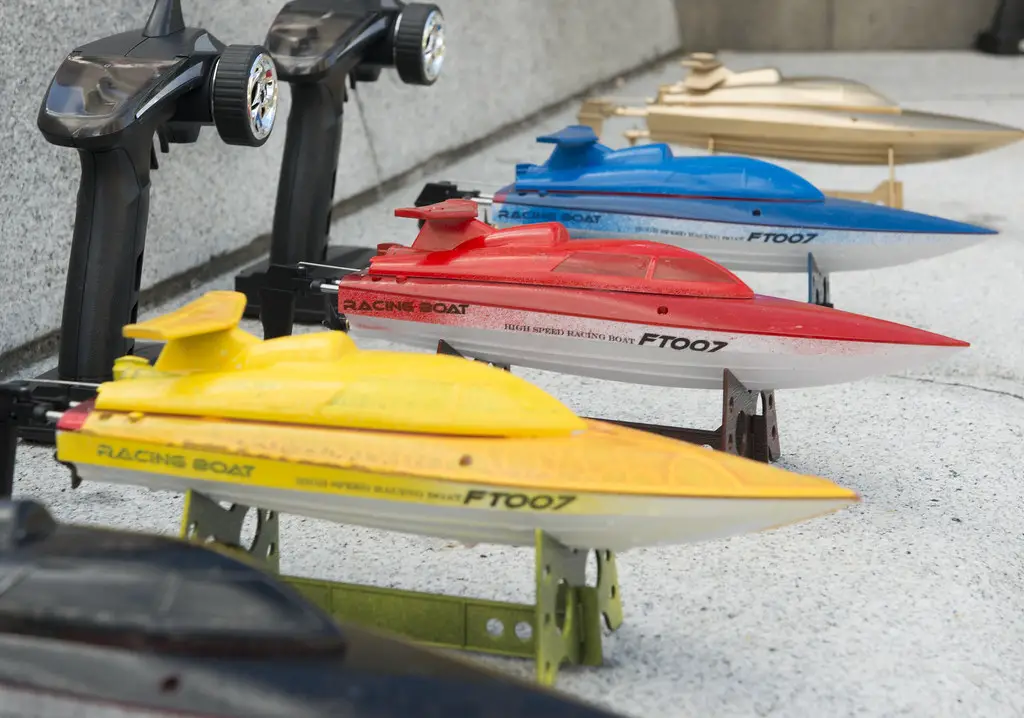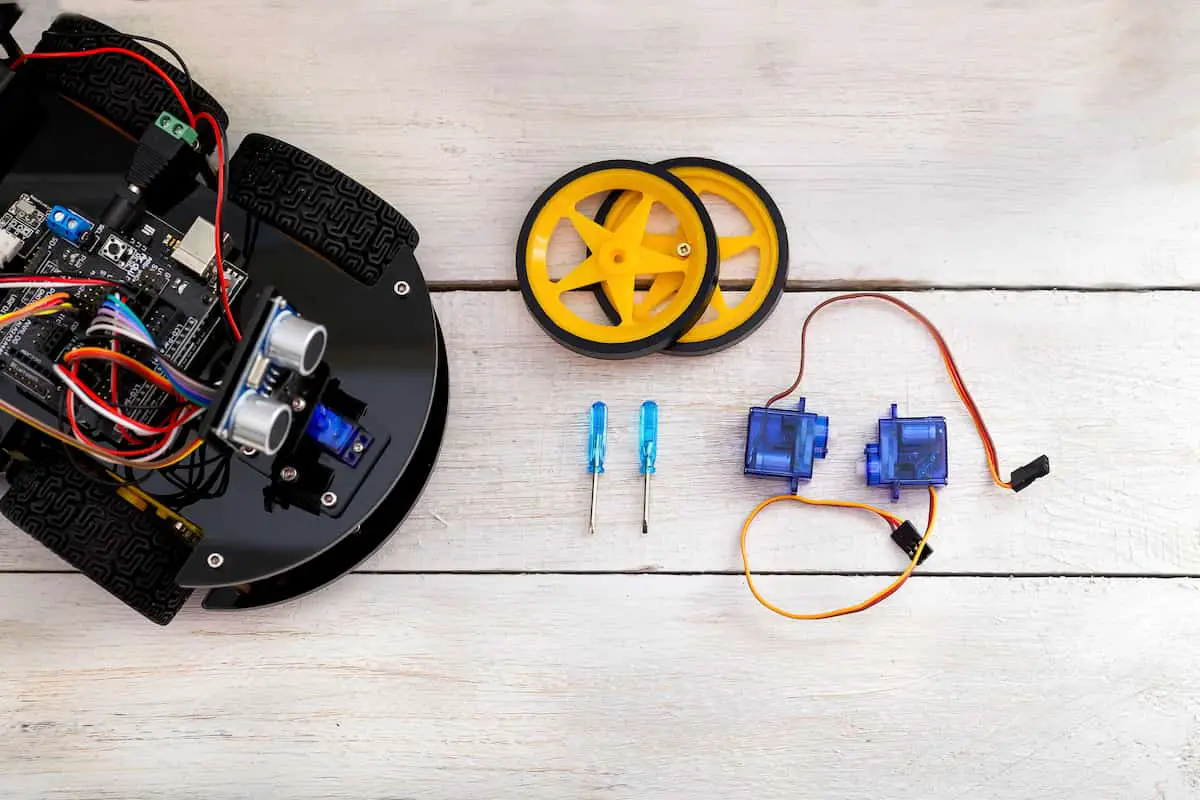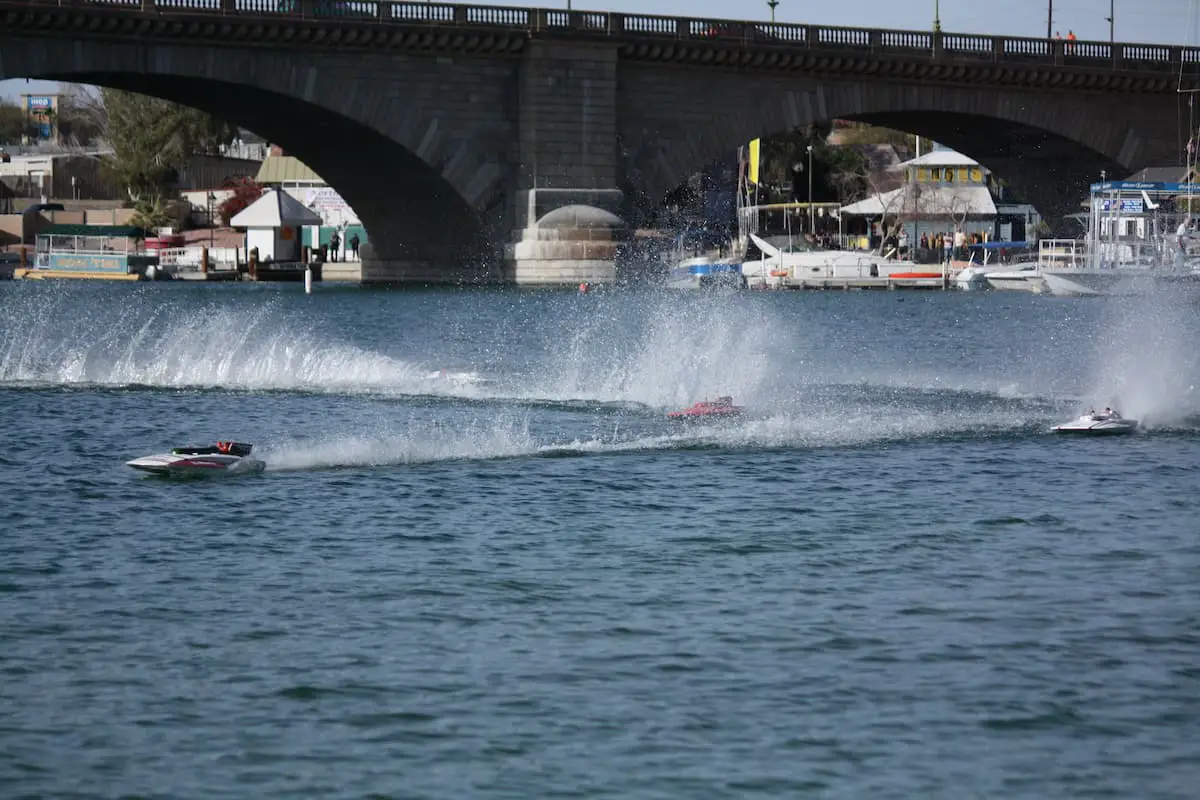If you’re considering purchasing an RC boat, you may be wondering: how do RC boats work? Well, this article will discuss the parts of RC boats, from the receiver to the Servos and Gas engine.
You’ll also discover how the sails work. Here, we’ll go over the most important components of an RC boat and how they work.
Hopefully, this information will help you choose the best system for your needs.
RC boat receiver
If your RC boat has a receiver, you may want to protect it from water. A common method is to use a water-resistant sealant like electrical tape. You can buy a small applicator brush for this purpose, and it can be a low-cost way to waterproof the receiver.
However, these methods are not foolproof, and you should keep extra resin on hand for touch-ups. This way, you can easily waterproof your RC boat when it is needed.
An RC boat receiver has three components: a battery cable, an antenna, and an on/off button. The antenna is a length of wire attached to the receiver, usually cut to resonant frequencies similar to the TX.
Most receivers for RC boats are designed for the radio control car market, so the antenna length is shorter. Some RC boats may not come with long enough wire for the antenna, but it can easily be readied.
The propeller and electric motor are mounted on the hull. The propeller is connected to the motor via a shaft. The shaft also has a tube that exits the hull and establishes a rigid connection with the propeller mount. This is what makes an RC boat go!
The power source is the electric motor, and it transfers its power to the propeller by means of a drive shaft. As the motor turns, the propeller spins, and the boat moves.
Servos
When using servos in RC boats, you need to select a high torque version to maximize control. If the servos are not powerful enough, you might end up with a stalled boat.
This can lead to a crash. If the servo is not powerful enough, it will be useless. In addition, the torque of the servo can also be a problem, especially if you’re using it at high speeds.
Typically, the power for the servos is supplied by a power supply that controls the speed. This is done by sending a signal, which is a pulse. This pulse has a short duration and returns to low voltage.
The pulse width of the control signal is between 4.5 and 6 volts. Servos are a great choice for hobbyists as they’re computer-friendly.
Servos are also used to control switches for scale model boats. Traditionally, servos were connected to two or four switches to control the boat’s functions. But today, many RC kit conversions use a single servo instead of multiple, small ones.
The latter option saves power and space while providing the same level of control. A servo is an important component in an RC model boat, and choosing one with the right specifications will ensure smooth and precise sailing.
Servos can be categorized into two types, micro servos, and high-speed servos. The former is suitable for smaller applications, such as rc boats with limited space.
High-speed servos have higher torque and can pull up or lower a 2kg weight. They can also rotate at a higher speed, resulting in snappier controls. You should look for a servo that has a high torque rating.
Gas engine
If you’re looking for the best way to get your hands on a gas-powered RC boat, then you’ve come to the right place. Gas-powered RC boats are more expensive than their electric counterparts, but they also require routine maintenance.
While some gas-powered RC boats may be noisy, this doesn’t necessarily detract from the thrill of flying one. Many people enjoy tinkering with their RC boats and the community is friendly.
First and foremost, you must break in your new gas engine. Different manufacturers use different approaches to the break-in process, so be sure to follow the instructions in your owner’s manual to make sure you get the most out of your new RC boat.
Generally speaking, a few wide-open throttle passes are enough to warm the engine up. In addition, it’s a good idea to take the time to inspect the engine and its parts and understand the characteristics of a healthy engine.
One of the most significant differences between gas-powered and electric-powered RC boats is their engines. Gas-powered boats are typically larger due to their larger engines and increased realism.
The maintenance and tuning of a gas-powered RC boat require a certain amount of mechanical knowledge, so you’ll need to have some experience with motors.
Gas-powered RC boats also tend to be faster than their electric counterparts, but they require a certain level of mechanical expertise.
Sails
Sails on RC boats are an important aspect of sailing them. While it is possible to find rc boats with multiple sails, some are easier to sail than others.
For beginners, a one-meter model may be the best choice, as it has a large sail area and is easy to navigate from a distance. The hull length of this model is approximately 40 inches, and the mast is approximately 79 inches high.
You can purchase the necessary control system and sails for this model, including a rudder, a motor, and an engine.
RC sailboats come in a variety of shapes and features. Choose one with detachable sails if you have a limited amount of storage space. A larger hull will require more trunk space and pre-sailing, so choose wisely.
Sails on RC boats are fun and exciting, and racing is an excellent way to test your skills and have a great time. Sails on RC boats can be adjusted to achieve the best sailing experience.
Radio sailing on an RC boat uses joysticks to control the boat’s movements. To trim the sails, press down on the left stick on the radio controller. This will help the sails stay full while generating lift. Sails on RC boats are also adjustable, so you can adjust them according to the wind.
This will make the boat easier to steer and make it faster. You can even try trimming your sails yourself if you are confident enough!
Water currents
When choosing a river for your RC boat, you should be aware of the different currents that occur along the river. For example, a river that flows into dry land will flow slower than a lake, but it’s possible to drive your boat safely.
You don’t need to know any high-tech navigational skills to operate an RC boat in a river. Moreover, you may not need to worry about noise and contamination. In addition, most RC boats are capable of running in saltwater, which is similar to running on a lake.
The price of an RC boat varies from several hundred to a few thousand dollars. However, there are many factors that you need to consider before you buy one. Among them is the size.
Some boats are small enough to fit in your hand, while others take up much space. Also, consider the size and speed of the RC boat. Choose one that is small enough to be controlled and easy to navigate.
The saltwater that the ocean contains is extremely corrosive. It can easily damage the electronics of an RC boat, causing it to fry. It may also void its warranty. If you want to go on a beach trip, it is a good idea to prepare the boat for the saltwater environment before taking it out into the water.
Before the ride, make sure you close the screws on the motor so that water cannot enter the motor. Afterward, you should dry all the parts and lubricate them again.
Regulations
While fishing with an RC boat is not illegal in many countries, it is prohibited in some US states. However, it is allowed in Minnesota. As long as you do not set the hook and release the line when the fish bites, it is perfectly legal. Most countries follow this rule.
The only exception to this rule is in Alaska, which has no laws regarding the use of RC boats for fishing. If you are in doubt about the legality of fishing with an RC boat, here are some regulations to follow.
Regardless of where you are going to take your RC boat, you should follow local boating regulations. Many of the same regulations apply to full size boats.
These regulations vary by region, but will most likely include restrictions regarding sound, fuel type, speed, and size.
Because RC boats are so small, they will be smaller than motorized vessels, but you should check with your local government to make sure. Also, keep in mind that some areas may not allow RC boats, especially on public bodies of water.
If you are planning to race your RC boat, you should check with the local scale director and/or race CD for the rules. The competition rules may require photo documentation to be shown to the district scale director.
Likewise, a driver must not extend the drive dog past the transom. Finally, you should ensure that you use the same number of propellers as your prototype, and you should affix a frequency flag to the antenna.
Helpful Links
For all your RC Questions, Click HERE
If you are interested in RC cars and trucks, RC World has you covered.
For RC boats and watercraft, check these articles out.
For all your RC Airborne endeavors, we have everything you need.
14 Surprising Ways Electric Biking Enhances Your Fitness
Embracing a new wave in the sphere of fitness and health, electric bikes have become prominent as one of the most enjoyable and advantageous ways to enhance personal…
Why Does My Remote Control Vehicle Have a Mind of Its Own?
I loves remote control vehicles growing up and would run them until they broke in most cases, Washington state is wet and thats a bad combo for a…
How a Radio Controlled Car Works (Servos & Transmitters)
Before you start driving your radio-controlled car, it’s helpful to know how it works. Radio-controlled cars work by transmitting electromagnetic frequencies to a circuit board. This information is…
Extend Skateboard Remote Battery Life
Have you ever noticed how the performance of your electric skateboard remote can vary, leaving you puzzled about its inconsistency? This guide is designed to unravel the mystery…
Weighing High Battery Capacity in Electric Skateboards
When it comes to the exciting world of electric skateboarding, the capacity of a board’s battery plays a pivotal role in shaping the overall experience. Riding an electric…
Master Electric Skateboard Remotes
The rise of electric skateboards has transformed the urban commuting landscape, offering a blend of convenience, speed, and eco-friendly transportation. At the heart of this transformation is the…
Electric Skateboard Wheel Sizes: A Comparison Chart
Electric skateboards are transforming the way we glide through our neighborhoods, offering a blend of excitement and convenience at our feet. The choice of wheel size, a seemingly…
Mastering Electric Mountain Bikes: A Guide
With the advent of technology, mountain biking has been revolutionized with the introduction of electrically-powered bikes. As an enthusiast or a hobbyist, embracing this efficient, eco-friendly mode of…
Why Choose Electric? Debating the Pros and Cons of E-Bikes vs Electric Skateboards
In the rapidly evolving world of personal transportation, two contenders have emerged, each offering a unique blend of convenience, efficiency, and mobility. Electric bikes (e-bikes) and electric skateboards…



